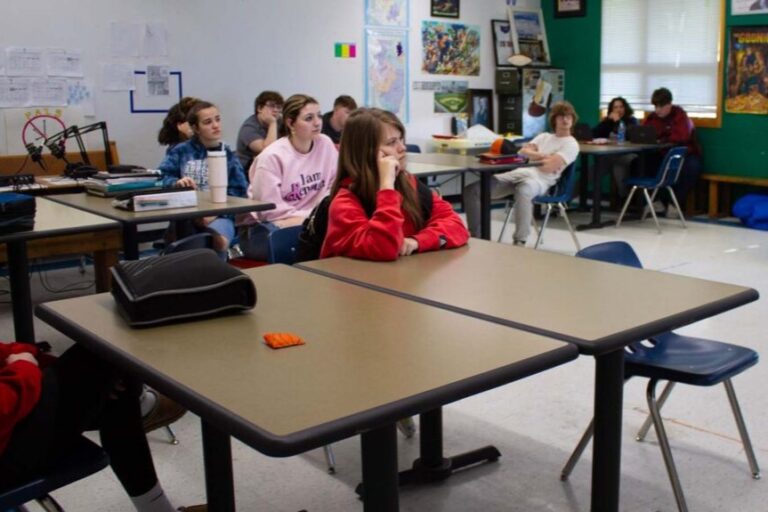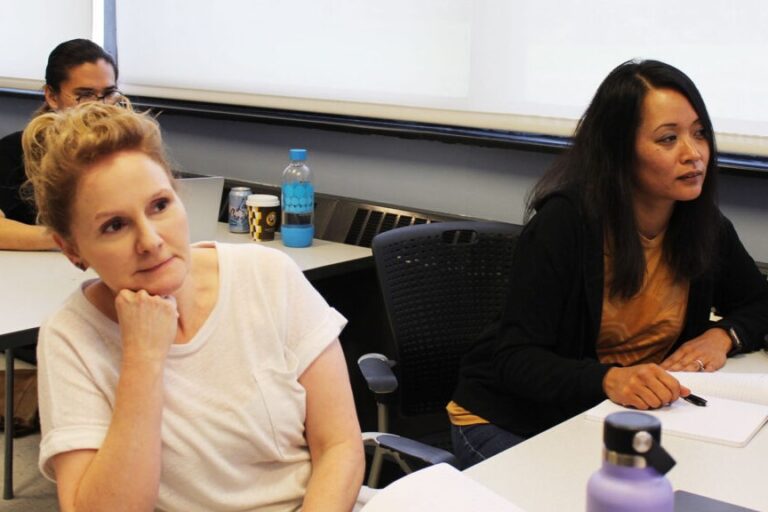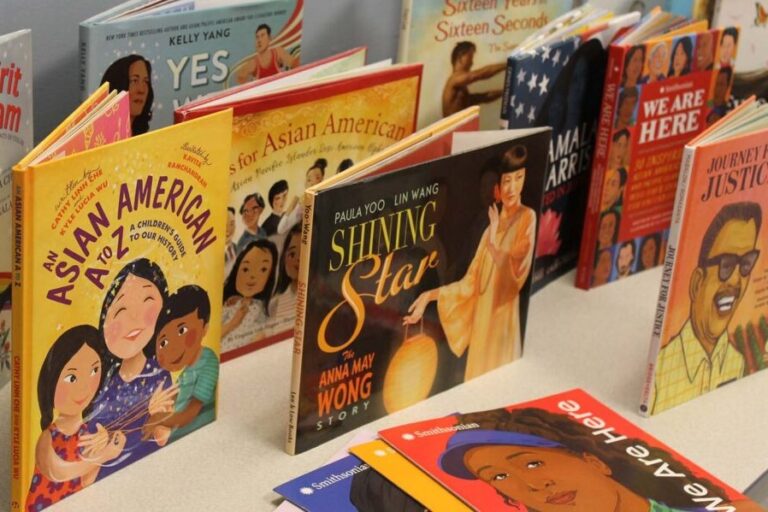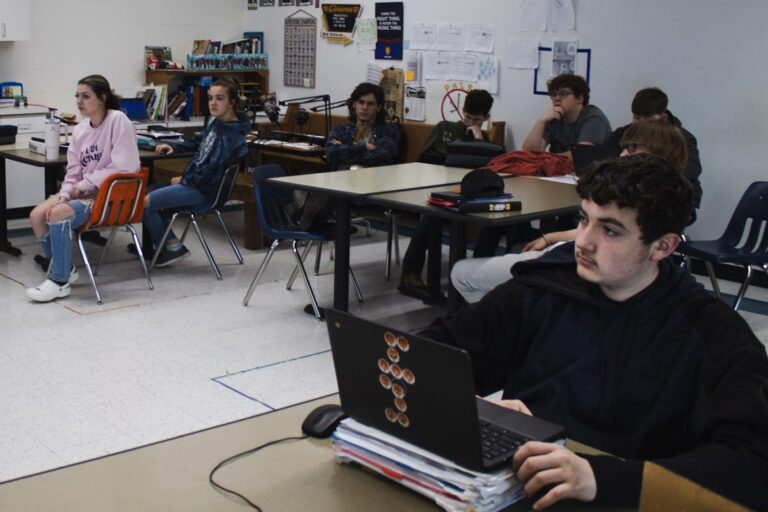How new Illinois education guidelines are changing rural schools
Over the last five years, Illinois has passed new laws requiring public schools to teach about the history and contributions of Asian Americans and LGBTQ+ communities. Schools are also expanding lessons to include Black history before slavery and Native American history. This is part of an effort to help students see themselves in their curriculum and learn about the value of diversity. . What does this new educational landscape look like for rural schools?
High schoolers in rural, western Illinois learn the history of why their town is white
Many school districts in Illinois are mostly white. In Cuba, 95 percent of students are white. And the students themselves want to know why. That prompted one high school teacher to add a new topic into his history classes – sundown towns. ,
Rural student “didn’t see any changes” after Illinois LGBTQ+ history law passed
In rural Illinois, students and teachers are navigating the state’s mandate to teach LGBTQ+ history. Amber Cannon, a nonbinary student, has observed minimal changes in the curriculum since the law’s enactment. Matthew Peirce, a high school teacher, says part of the reason for that is the lack of LGBTQ+ history in textbooks.
Illinois now requires public schools to teach LGBTQ+, Asian American and pre-enslavement Black history. Are teachers ready?
A study by the University of Illinois reveals that while over half of the surveyed teachers feel equipped to meet new inclusive history requirements, some feel unprepared.
Illinois teachers start I3 training on new social studies curriculum
Illinois is relying on teacher training – instead of penalties – to spread its inclusive social studies curricula across the state. The program, created by U of I education professor Asif Wilson, trains educators to cover these new topics through student exploration of their own questions.
Illinois now requires K-12 students to learn Native American history. What has to be in the lessons, and who is checking?
The University of Illinois has become a key organization creating resources for teachers trying to incorporate Asian American history into their curricula. One tip for teachers – Asian American history is intertwined with the units you already teach.





